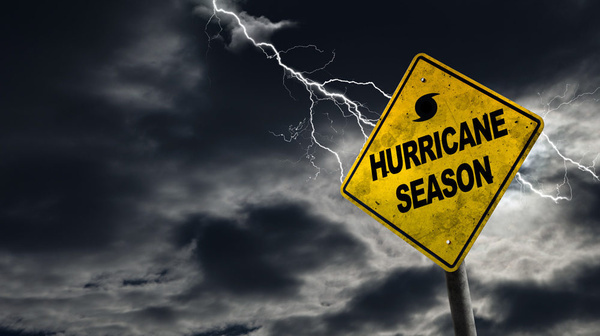
Be Prepared for Hurricane Season
Some Floridians are so used to hurricane season that they hardly give it a second thought. It’s true that most hurricanes won’t rip through your hometown, but the key is to prepare for the one that might.
Well, here we are again. Veteran Floridians know the drill when it comes to hurricane season, but our newer residents may benefit from a crash course on hurricane preparation. And whether you fit squarely in one category or fall somewhere in between, we can all use a refresher on this important info.
Most storms will hit between August and October, but hurricane season officially begins June 1st and runs through November 30th. Too often, homeowners don’t prepare until a storm is forming. By that time, tree companies are busy and essential supplies are in higher demand. Sidestep that pitfall by getting ready now.
Tree Care
Monitoring the health of your trees is always important since unhealthy trees can cause extensive property damage, injury, or death, but it’s critical during hurricane season. Fortunately, these dangers can be mitigated. Follow this checklist for do-it-yourself tree care:
- Branches. Dead, dying, and broken branches are cause for concern. They’re easy to identify, but many folks don’t think much of them. High wind can turn weak branches into projectiles, so remove them now.
- Decay. Some indicators of internal decay are the presence of animals living in tree holes, spreading fungus, and carpenter ants. Cavities, often filled by insects or animals, should be inspected carefully to determine the extent of the decay.
- Roots. This may be the most challenging area to self-assess. Some visible roots are a good sign; broken roots, mushrooms growing around the tree base, and other abnormalities are not.
- Leaning. A tree’s weight is unevenly distributed when it leans, increasing its chances of falling. These trees may need to be removed.
- Pruning. Clean out extra branches and foliage so the canopy acts as a screen instead of an umbrella in high winds. Small trees are manageable for most people, but caring for larger trees without the proper training and equipment can be dangerous. We always recommend homeowners hire a professional for trees over 15 feet.
Hurricane Landscaping
If you’re not from Florida, this might be a surprising concept: not all plants are created equal when it comes to wind resistance.
Gumbo limbo, live oak, manila palms, and sabal palms are examples of wind-resistant trees. They’re not immune to damage but simply have higher survival rates. Plant them in groups to allow the trees to support each other against hurricane-force winds.
Choose locations away from structures and powerlines when planting new trees, especially large ones. The name of the game is reducing potential for damage, not necessarily preventing it entirely.
Final Preparations
Impending hurricanes can send even the most experienced Floridians into a panic. That’s one reason to get ready now—in the final hours before landfall, you can put your mental energy toward other preparations.
Look around your yard for anything that isn’t firmly in the ground. A potted plant, tire swing, basketball hoop, or arbor can become very dangerous very quickly in high winds. If you have room, bring these inside the garage or foyer. Smaller objects can even go in your car.